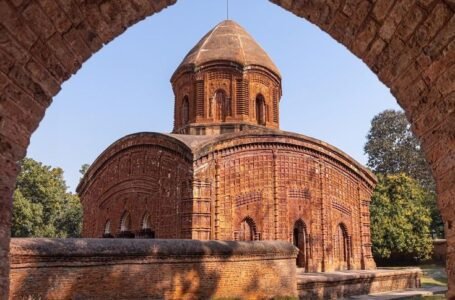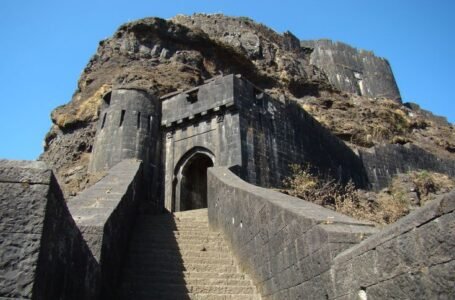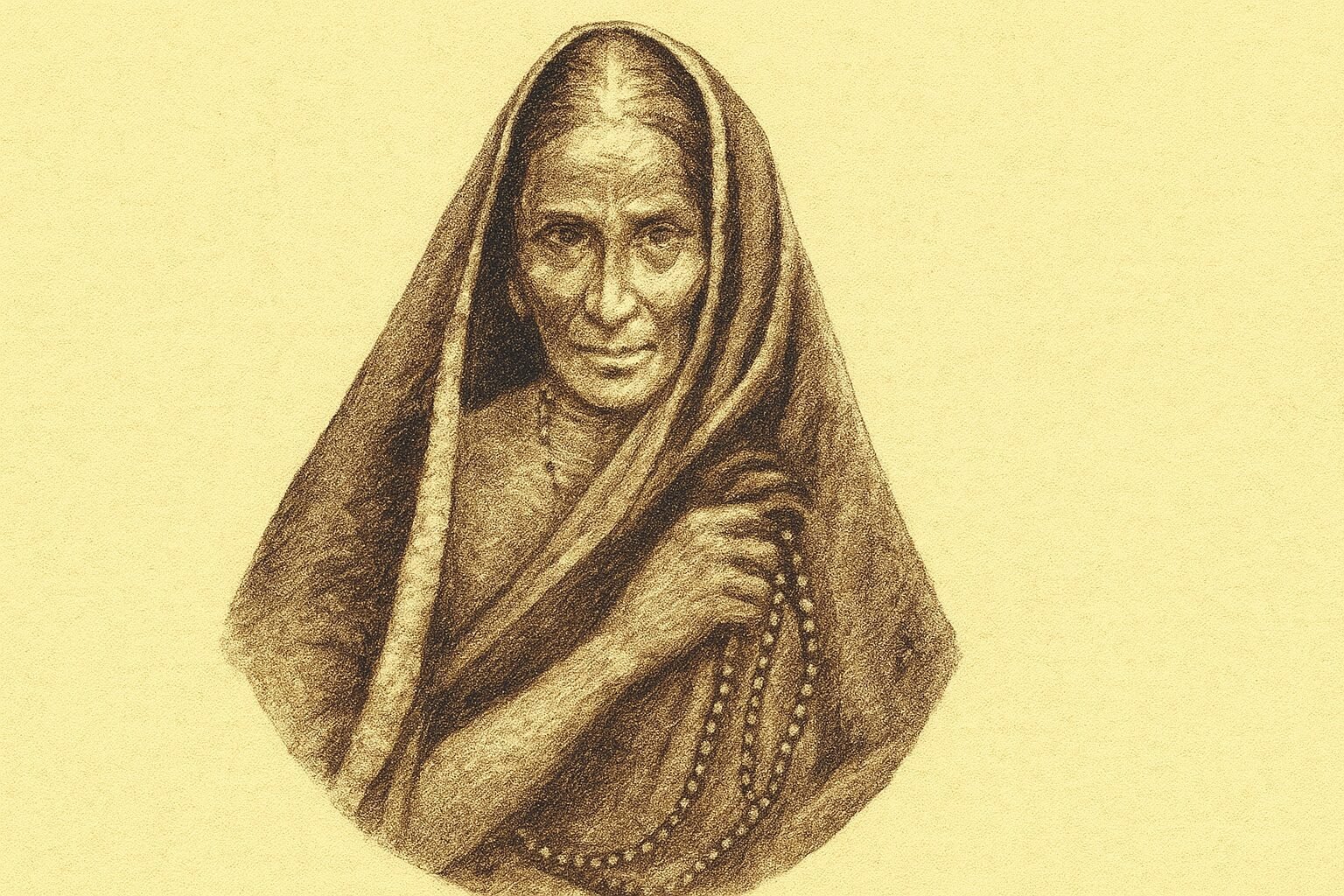Gond Tribal Painting of Madhya Pradesh: From Sacred Rituals to Commercial Art

Gond tribal painting is a vibrant and intricate form of indigenous art that originated in Madhya Pradesh, India. It is deeply rooted in the cultural and spiritual traditions of the Gond community, one of the largest tribal groups in India. Traditionally, these paintings were created for rituals, festivals, and religious practices, adorning walls, floors, and household items. However, over time, the art form has evolved, and commercialization has brought significant changes to its style, purpose, and medium. This article explores the history, techniques, themes, transformation, and commercialization of Gond paintings, highlighting the contrast between the original sacred art and its contemporary adaptations.
The origins of Gond painting can be traced back to the prehistoric rock art found in the caves of Madhya Pradesh, indicating a long tradition of artistic expression among indigenous communities. The Gond people traditionally believed that art and nature were interconnected, and their paintings were an extension of their spiritual beliefs.
Historically, Gond paintings were used to depict folklore, myths, religious symbols, and natural elements. These artworks adorned the walls of homes, temples, and community spaces, serving both decorative and ritualistic purposes. The paintings were believed to bring good luck and ward off evil spirits, making them an essential part of festivals like Diwali and Karwa Chauth.
Original Gond paintings were created using natural materials such as charcoal, soil, plant sap, and cow dung. The pigments were extracted from natural sources:
- Yellow from cow urine and turmeric
- Red from ochre or clay
- Black from charcoal or burnt leaves
- White from limestone or rice paste
These paintings were traditionally done on walls and floors, but as paper and canvas became more accessible, artists adapted to these mediums. The intricate patterns and fine lines were drawn using twigs, fingers, and homemade brushes.
Gond paintings depict a wide array of themes, primarily inspired by nature, mythology, and tribal folklore. The most common motifs include:
- Animals and Birds: Tigers, deer, peacocks, elephants, and serpents are frequently featured, symbolizing the Gond people’s close relationship with the natural world.
- Trees and Forests: Representing life and fertility, trees often form the central theme of these paintings.
- Mythology and Folktales: Stories of gods, spirits, and tribal legends are illustrated in intricate detail.
- Daily Life and Festivals: Scenes of traditional dances, hunting, farming, and social gatherings showcase the cultural richness of the Gond community.
- Geometric and Dotted Patterns: A defining feature of Gond painting is the use of detailed patterns, often made with fine dots and lines to create a sense of movement.
The transition from ritualistic art to commercialized painting began in the late 20th century when artists started using modern materials like acrylic paints and canvas. This shift was largely driven by the growing recognition of tribal art in national and international markets. The most notable contribution to this transition came from Jangarh Singh Shyam, a pioneering Gond artist who introduced the art form to mainstream audiences in the 1980s. His work gained recognition globally, leading to the emergence of a new genre called “Jangarh Kalam.”
Today, Gond paintings are found on paper, textiles, pottery, and even digital platforms. The traditional narratives remain, but the artistic approach has evolved, with contemporary artists experimenting with new themes and techniques. While some see this as a positive transformation, others argue that the commercialization has led to the dilution of authentic tribal symbolism and techniques.
The commercialization of Gond paintings has had both positive and negative effects. On the one hand, it has provided economic opportunities for tribal artists, allowing them to sustain their craft and gain global recognition. Art collectors, museums, and fashion designers have embraced Gond art, leading to collaborations with brands and institutions.
On the other hand, commercialization has led to mass production, where original styles are often replaced by simplified versions to cater to market demands. Many contemporary Gond paintings lack the spiritual essence and cultural depth of traditional works, as they are created primarily for aesthetic appeal rather than ritualistic significance. Additionally, non-Gond artists and commercial enterprises have begun replicating the style, often without acknowledging its cultural roots.
Efforts are being made to preserve the authenticity of Gond paintings through various initiatives:
- Government and NGO Support: Several organizations provide grants and platforms for tribal artists to showcase their work while ensuring fair compensation.
- Cultural Festivals and Exhibitions: Events like the Bharat Bhavan Biennale and Tribal Art Exhibitions promote traditional tribal art forms.
- Educational Programs: Workshops and training sessions help young artists learn the original techniques and meanings behind Gond motifs.
- Geographical Indication (GI) Tag: Recognizing Gond painting as a traditional art form with a GI tag can help protect it from unauthorized commercialization.
Gond tribal painting stands as a magnificent testament to the artistic heritage of the Gond community, reflecting their spiritual beliefs, cultural traditions, and deep connection with nature. As an art form that originated in sacred rituals and adorned the homes of the Gond people, its transformation over time has been both remarkable and challenging.
While modernization and commercialization have helped Gond art reach a global audience, they have also introduced concerns about authenticity and cultural dilution. Many artists struggle to maintain the delicate balance between preserving traditional motifs and adapting to contemporary demands. This shift has led to a growing debate on whether commercial success comes at the cost of losing the true essence of Gond paintings.
However, efforts to protect and promote this tribal art form are ongoing. By supporting indigenous artists, implementing fair trade practices, and raising awareness about the historical significance of Gond paintings, we can ensure that this rich artistic tradition is not lost. Art institutions, governments, and consumers must work together to appreciate and uphold the original values of Gond paintings rather than merely viewing them as decorative pieces.
Ultimately, the future of Gond art depends on a collective effort to celebrate its roots while embracing its evolution. By acknowledging the skill, creativity, and heritage of Gond artists, we can contribute to the survival of this extraordinary art form for generations to come. In doing so, we honor the legacy of Gond painting as a living tradition rather than just a commercial commodity.


